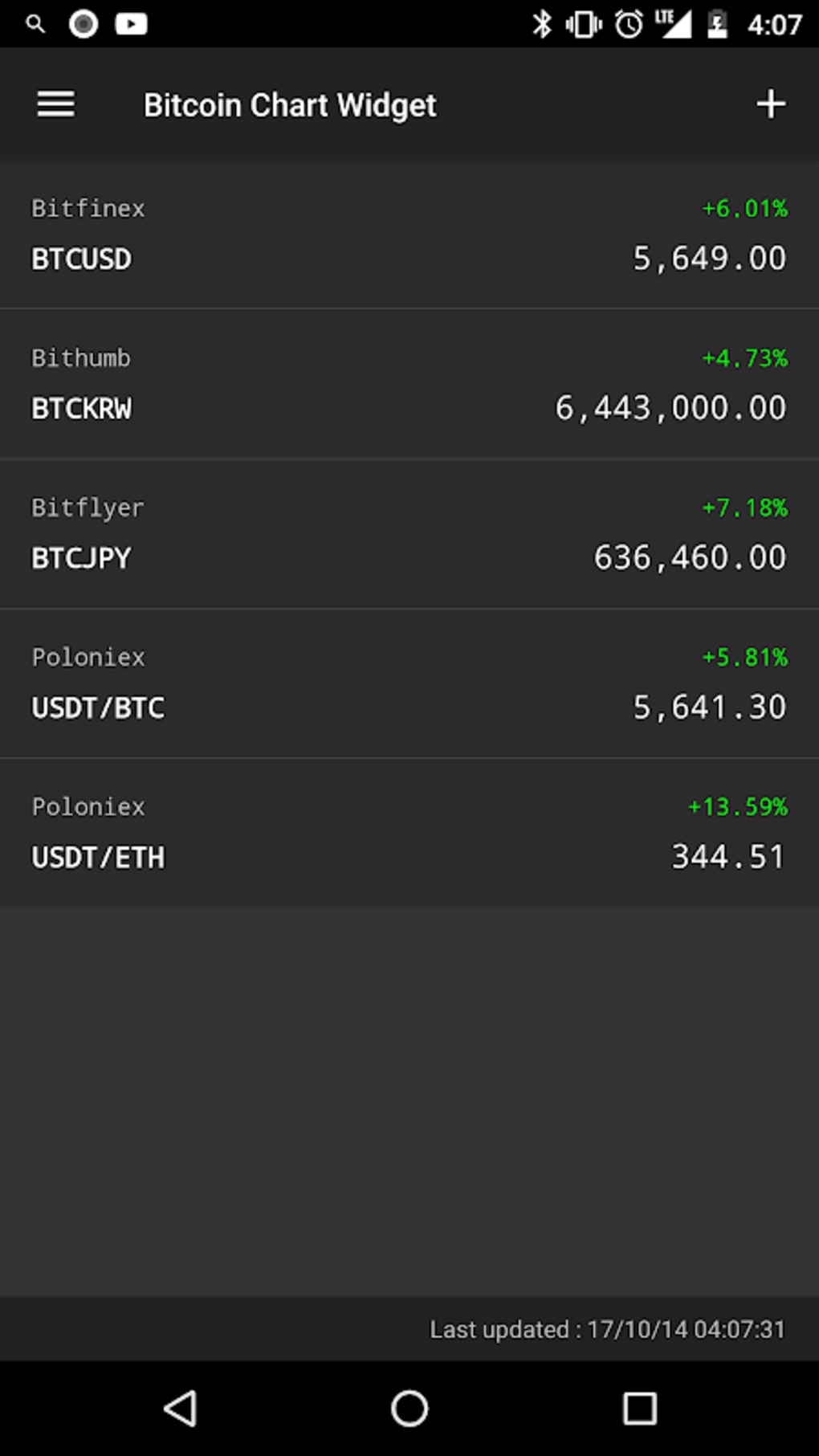Is the future of finance unfolding before our eyes, reshaping institutions and individual transactions alike? Cryptocurrency, particularly Bitcoin, is no longer a fringe element but a force demanding recognition and integration into established systems.
San Diego State University (SDSU) has taken a pioneering step, now accepting crypto donations, a move that signifies the growing acceptance of digital currencies within educational institutions. This decision underscores the evolving landscape of finance and philanthropy, allowing donors to contribute using cryptocurrencies and potentially benefiting both the donors and the university. This move is not an isolated incident; rather, it's a reflection of a broader trend where digital assets are increasingly woven into the fabric of society.
The state of Arizona is considering legislation to establish a state Bitcoin reserve, a move that mirrors some of the financial strategies at the national level. If successful, this initiative would be a first for any state, signaling a proactive embrace of Bitcoin and digital currencies.
However, the rise of digital currencies also brings challenges. The Financial Crimes Enforcement Network (FinCEN) has penalized Larry Dean Harmon, the founder of Helix and Coin Ninja, for violating anti-money laundering regulations. This action serves as a reminder that the digital asset space must be monitored to prevent illicit financial activities. It highlights the importance of regulatory frameworks to ensure responsible use and mitigate the risk of criminal exploitation.
Bitcoin.com provides updates on Bitcoin, cryptocurrency, and economics in multiple languages, reflecting the global nature of the digital asset ecosystem. This global reach further cements the position of Bitcoin as an important medium of exchange.
The UK government has introduced new crypto-asset rules aiming to promote growth and protect consumers, which suggests that governments worldwide are taking steps to manage and regulate the digital asset space. Bitcoin's characteristics – decentralized, global, and resistant to traditional financial institutions – make it a compelling alternative to traditional currencies.
China is grappling with how to manage the increasing amounts of cryptocurrency seized from illegal activities. This includes finding effective ways to dispose of the assets and advocating for better regulation. This situation underlines the complexities involved in integrating digital assets within established legal frameworks.
Bitcoin Magazine, established in 2012, continues to be a source of news and information on Bitcoin, the underlying blockchain technology, and the broader digital asset ecosystem. It serves as a resource for those seeking credible information in a rapidly changing landscape. The magazine provides expert commentary, and insights, contributing to informed understanding and analysis of Bitcoin.
| Category | Details |
|---|---|
| Core Concept | Bitcoin and other cryptocurrencies, as digital, decentralized currencies that are not tied to the financial institutions. |
| Key Properties | Decentralization, global availability, resistance to inflation (in some cases), user control. |
| Use Cases | Transactions (e.g., donations), investment, international transfers. |
| Challenges & Concerns | Price volatility, regulatory uncertainty, risk of illegal use, environmental impact (depending on the consensus mechanism used), and user understanding and education. |
| Adoption Trends | Increasing institutional acceptance, growing number of businesses accepting crypto, expanding regulatory frameworks worldwide. |
| Regulation | Varying globally; some countries are creating specific regulatory frameworks, others are integrating crypto into existing financial regulations. |
| Notable Organizations | Bitcoin.com, Bitcoin Magazine, FinCEN (in the US), government bodies regulating finance (globally). |
| Examples of Adoption | SDSU accepting crypto donations, Arizona's push for a state Bitcoin reserve. |
| Further Reading and Research | Bitcoin Magazine |



